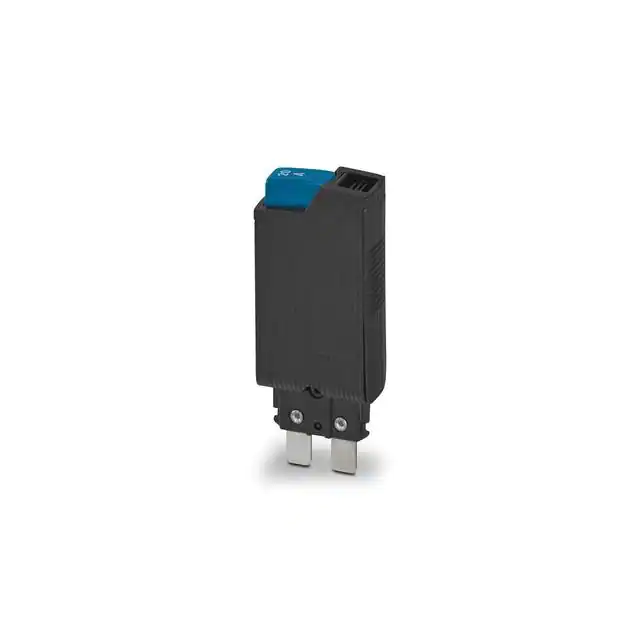
Phoenix Contact provides TCP with 16a and 20a plugs to protect devices with higher current ratings. As an extension of the TCP family, these plugs provide the same reliable overload protection in a thin and light package. Although the original TCP plugs used a 6mm wide base, these plugs required a 10mm wide base to accommodate higher amperage ratings. The plug can be installed on the base of PT 10-FSI/C standard terminal block, with or without LED status indication. In combination with the terminal base, applications up to 250 VAC and 65 VDC can be equipped with basic protection.
TCP products are suitable for replacing existing fuses with reclosable fuses to minimize maintenance. Two piece structure provides simple replacement convenience. The potential distribution can be easily realized through the terminal block bridge shaft, which greatly reduces the installation workload. This series provides two different operating characteristics: on/off and trip reset or trip reset only.
Thermal circuit breakers provide optimal overload protection for inductive and resistive loads in power distribution systems, control cabinets, and other equipment. Thermal circuit breakers are ideal for high starting current applications. For example, they are ideal for protecting actuators, sensors, motors, heating elements and fans, lighting, solenoids, transformers, and airborne networks. They resist high starting currents, such as those that occur on starting motors or switching transformers. However, compared with other protection technologies, thermal circuit breakers cannot provide fast short-circuit protection.
Thermal circuit breakers are normally tripped by bimetallic strips. In the event of a fault, the bimetal heats and opens the circuit. Generally speaking, the higher the overload, the faster the thermal circuit breaker trips. These devices can be restarted at any time